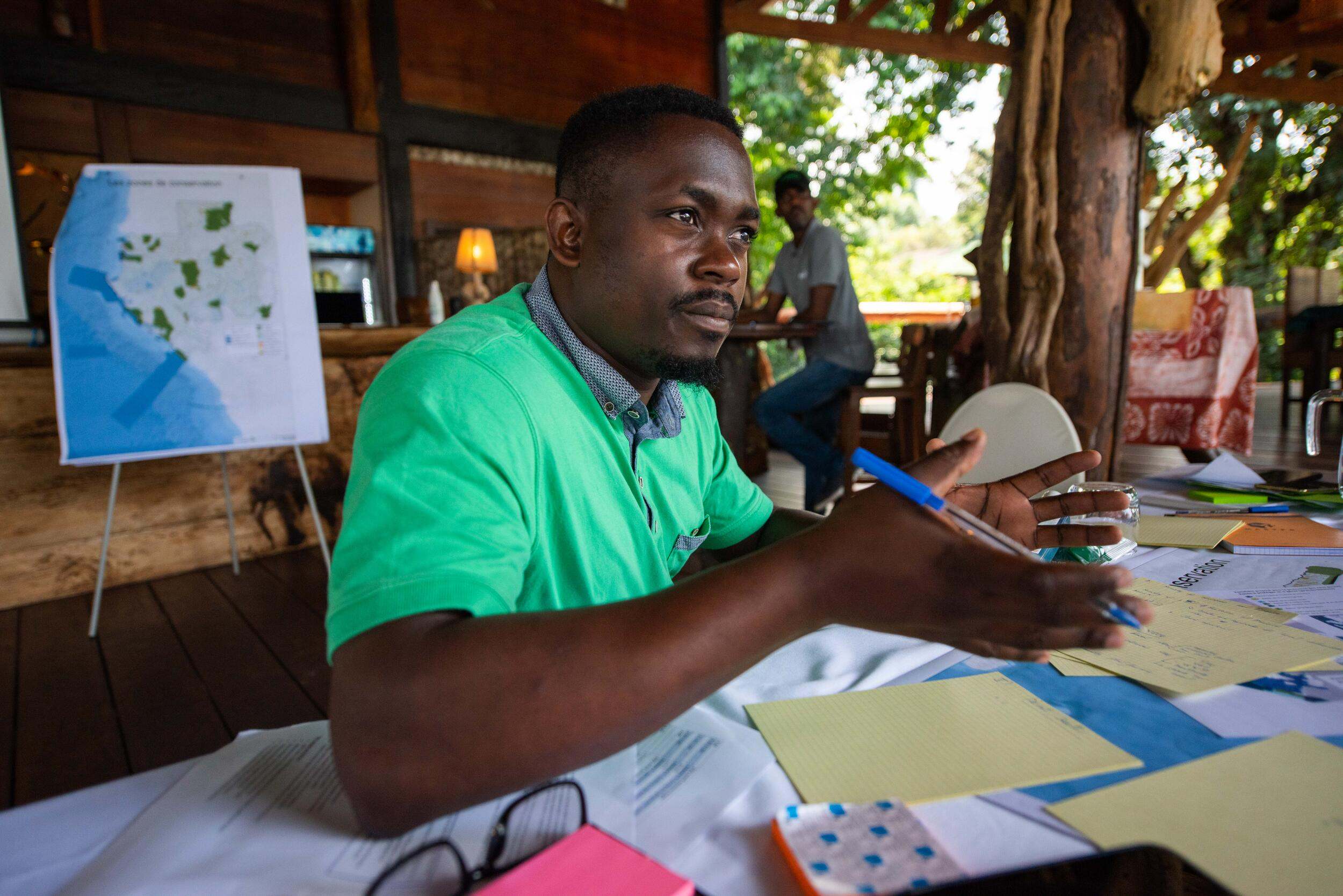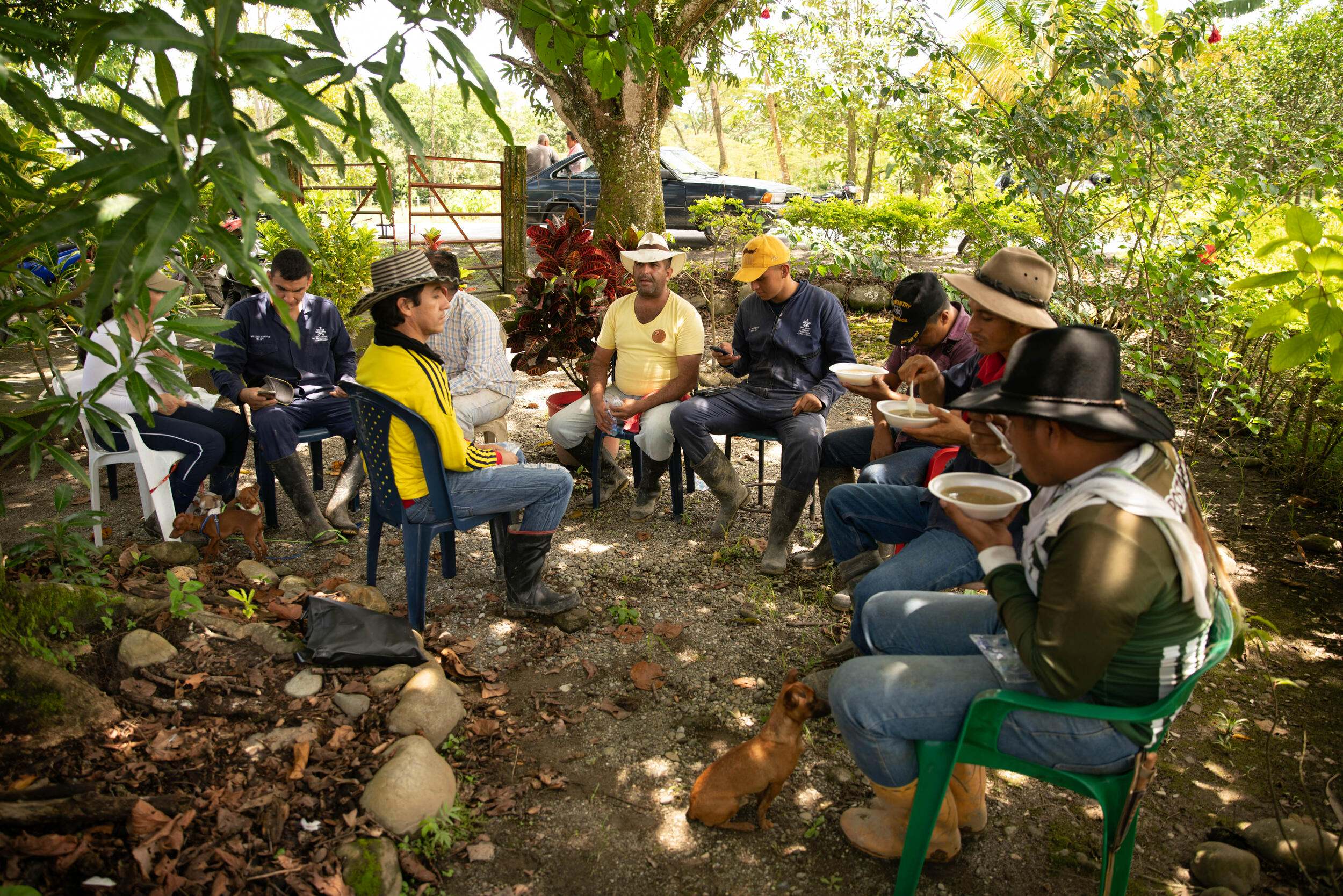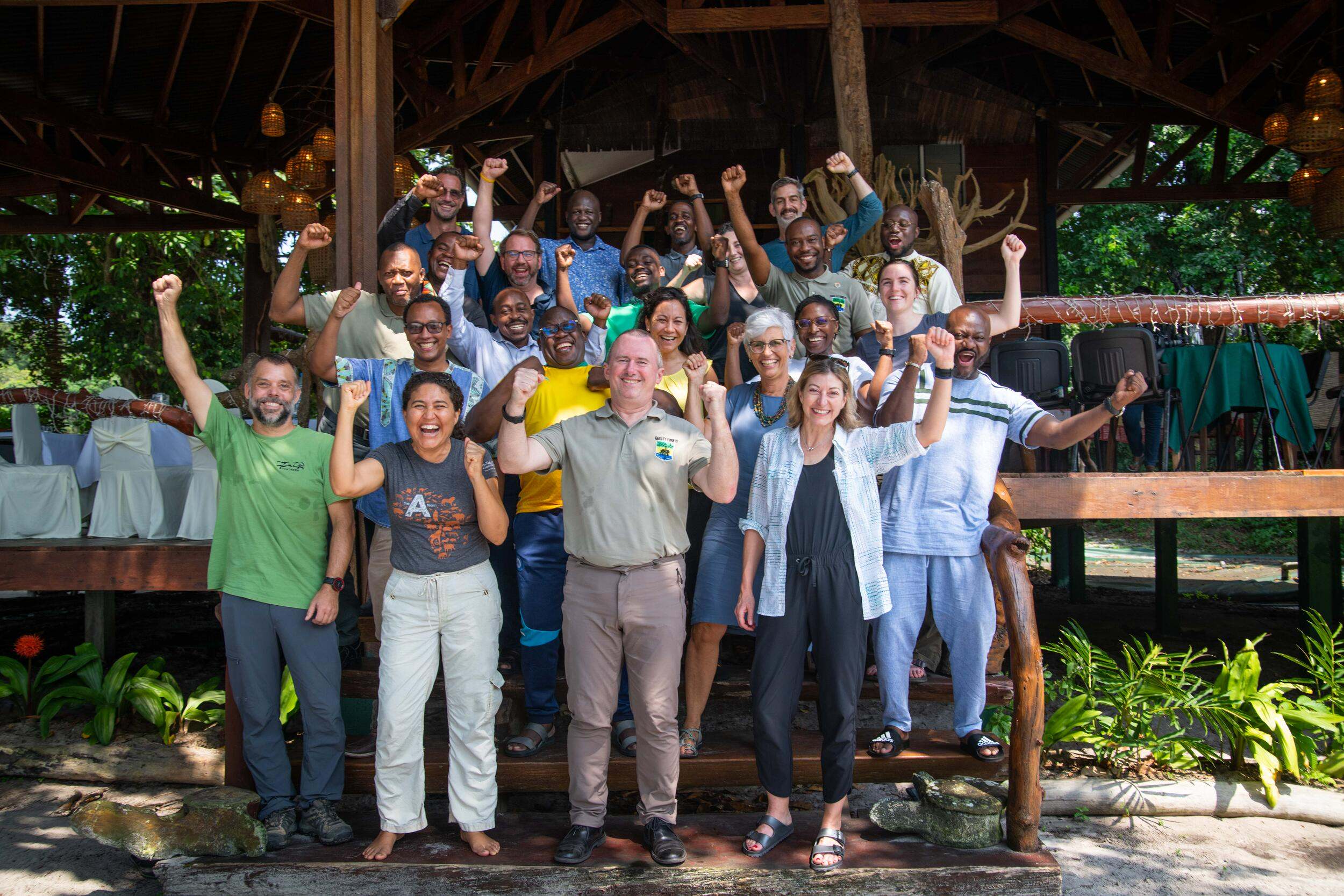Modules
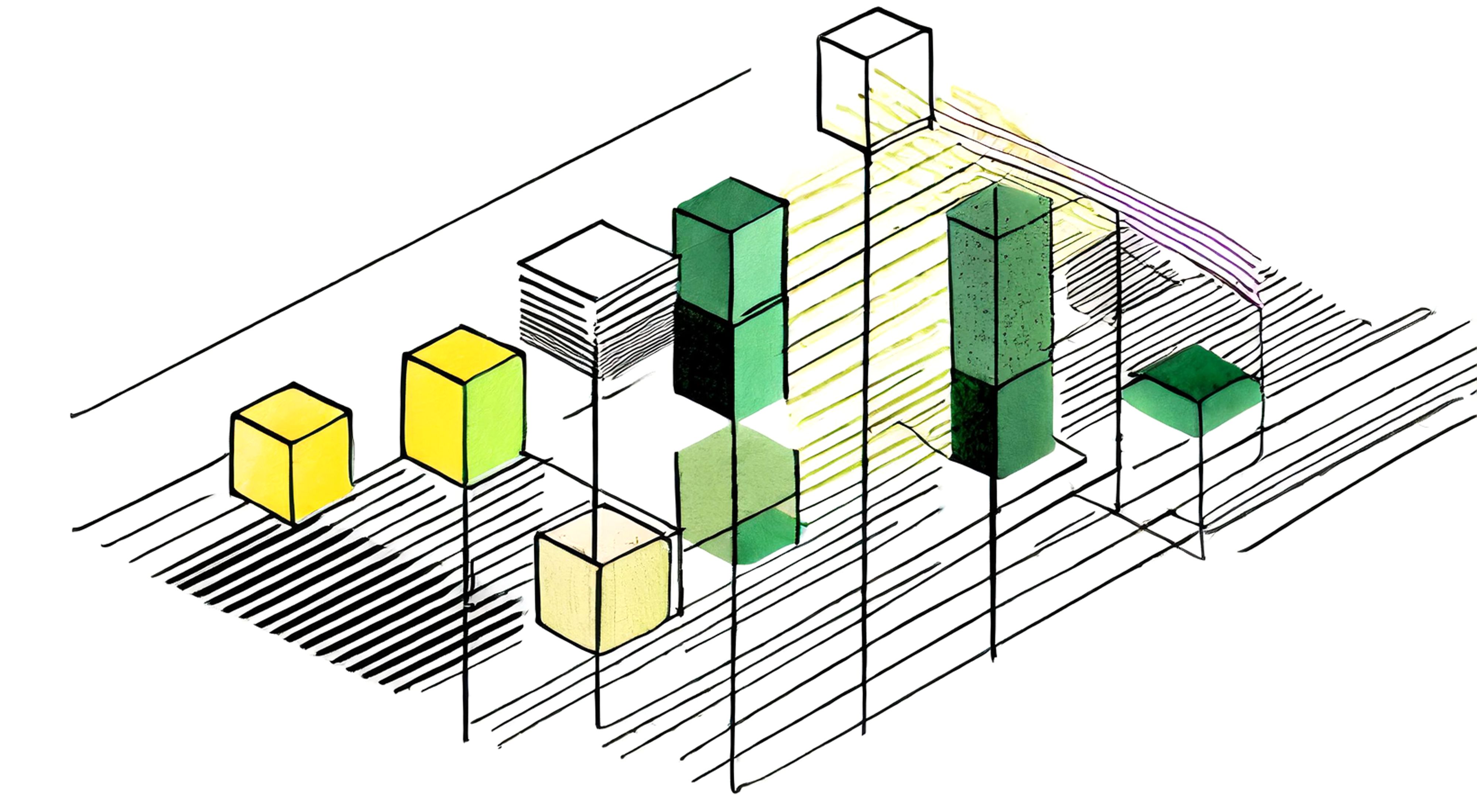
Conservation by Design comprises nine modules, each representing a key step in conservation planning, designed to efficiently guide teams through strategy development.
JUMP TO MODULE DESCRIPTIONSConservation by Design is made up of nine modules—customized packages of resources designed to help conservation teams work through strategy planning steps in a time-bound, efficient manner. Each module represents one of the key steps in conservation planning.
Ready to explore the Conservation by Design modules? Let’s dive in.
Effective, Efficient, Accessible
Conservation by Design Modules

Getting Started with the Modules
Now that the modules are ready, we are shifting our focus to building the capacity needed at TNC to support the successful implementation of Conservation by Design. Feedback from staff when developing the modules indicates that a trained facilitator is invaluable for using the modules effectively and efficiently. The Retrospective module is the only module that does not require a trained facilitator at this time.
We are taking a two-step process to train facilitators and connect them with TNC teams. This includes a pilot training program for a cohort of 90+ TNC staff members.
If you are a TNC staff member planning to implement one or more modules, we highly encourage you to fill out our Interest Form so we can connect you with one of the newly trained facilitators in your Division, Region, or Global team.
Stay tuned for updates. If you want to take a look at the modules to evaluate whether they are the right fit for your team, you can find them below.
Roles
Who Participates?
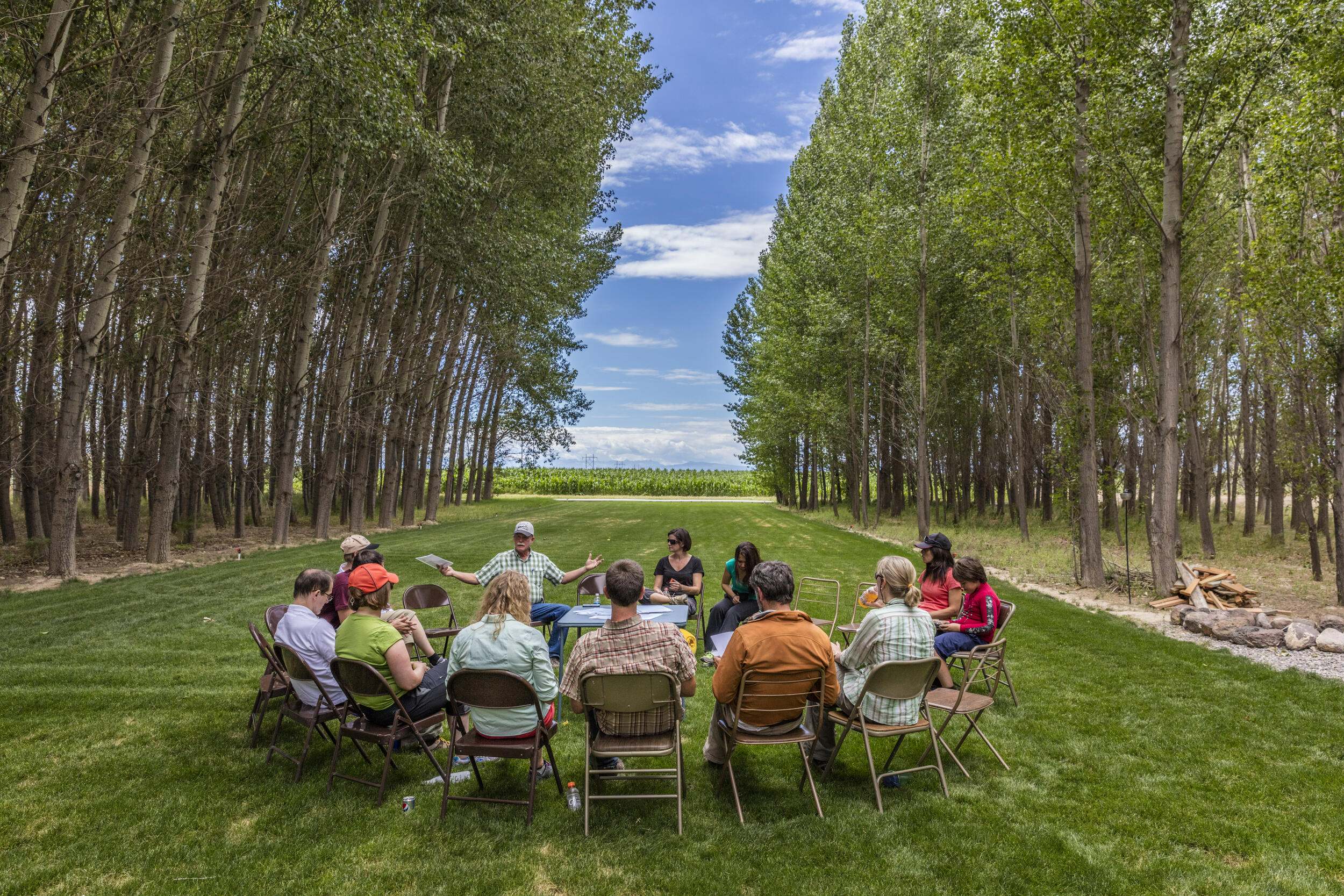

The Conservation by Design Modules
Access the modules below to evaluate whether they are the right fit for your team's needs.
-

Integrating Equity
Build capacity to develop and improve more equitable strategies. EXPLORE MODULE
-

Retrospective
Reflect on past work to harness learnings for future work. EXPLORE MODULE
-

Planning Scope
Define and align on the scope of the strategy development process. EXPLORE MODULE
-

Interested Parties
Identify and prepare to engage interested parties to support an inclusive process. EXPLORE MODULE
-

Defining Objectives
Identify what the team aims to maintain or improve for nature and people. EXPLORE MODULE
-
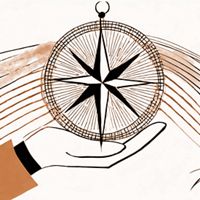
Situation Analysis
Understand the system and identify leverage points for action. EXPLORE MODULE
-

Strategy Selection
Identify, evaluate, and select strategies to pursue. EXPLORE MODULE
-

Theory of Change
Articulate how planned actions will lead to desired outcomes. EXPLORE MODULE
-

Monitoring, Evaluation, and Learning
Develop a MEL plan to focus learning on key assumptions in the theory of change. EXPLORE MODULE
Scenarios
Not sure what module to use next? These common scenarios may help you decide.
Testimonials
“Aligning on our team’s objectives [through the Defining Objectives module] proved essential to our ability to make the case for which strategies we ultimately committed to. Spending time upfront to define objectives pays off immensely later in the planning process."
— Alison Bowden,
Director of Conservation Science and Strategy
TNC Massachusetts (U.S.)
“The Retrospective module has effectively responded to our need to work as a team to document, reflect, learn, and adjust our work to accelerate our impact. It is applicable to different contexts (e.g., projects, programs), agile, effective, and incorporates fundamental elements of Conservation by Design such as equity. The Retrospective module also helped bring back fond memories and awaken the passion for our work, while strengthening our team’s learning culture and cohesion.”
 — Juana Figueroa,
— Juana Figueroa,
Conservation Planner,
TNC Colombia
Ready to connect with a facilitator?
Get in touch with our team to receive support.

